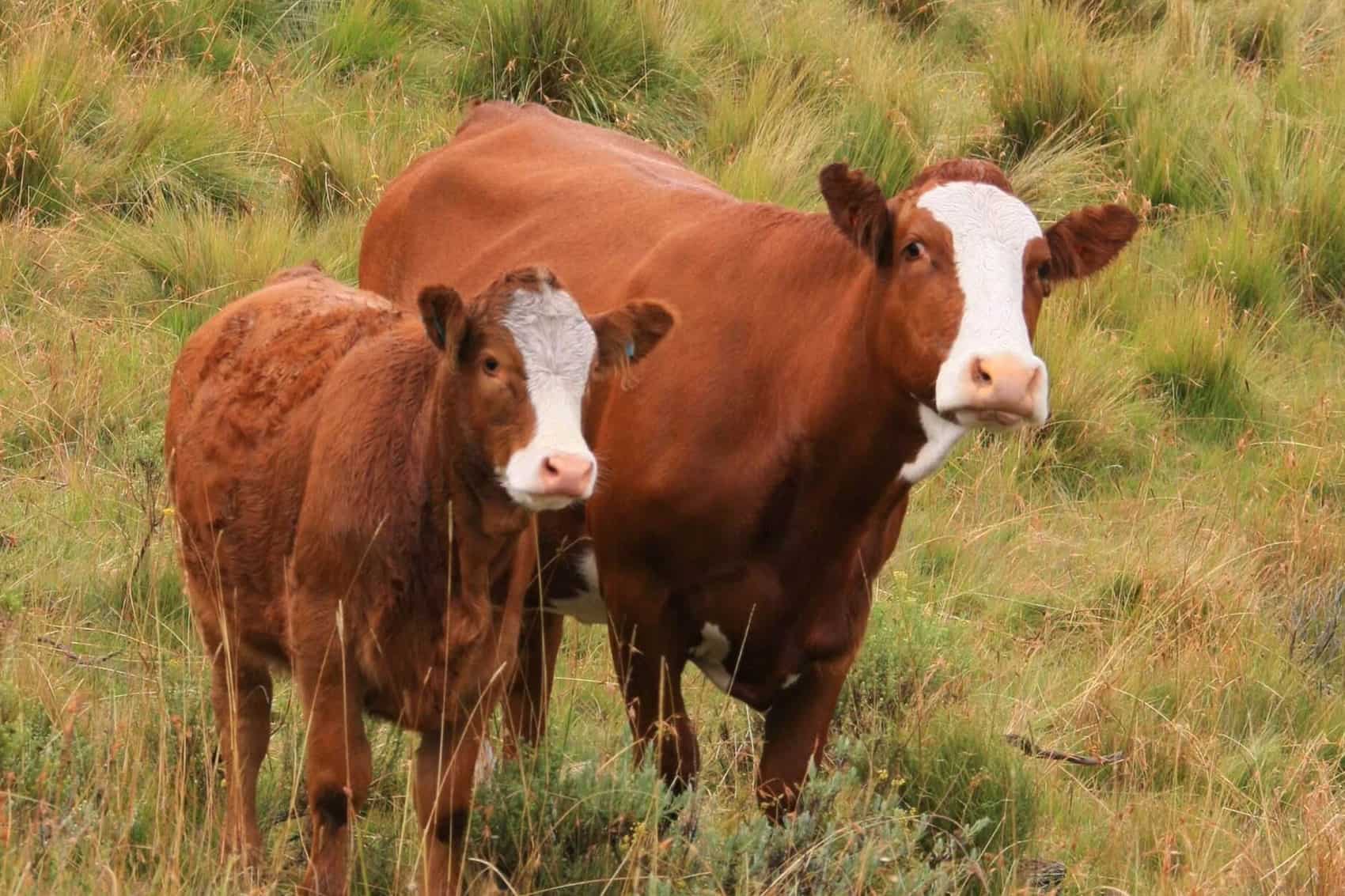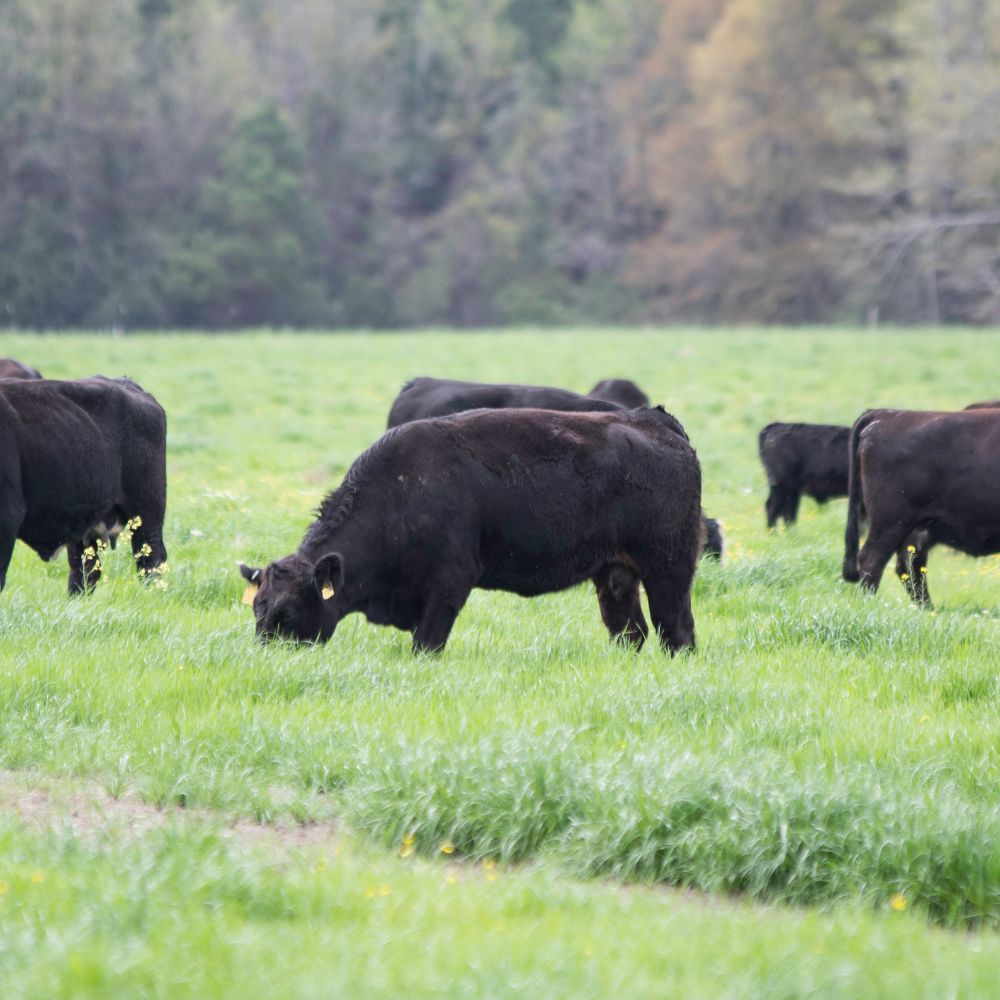Safeguarding Success: Bagley Risk Management Provider
Wiki Article
Recognizing Animals Risk Defense (LRP) Insurance Policy: A Comprehensive Overview
Browsing the realm of animals risk protection (LRP) insurance coverage can be a complex venture for lots of in the farming market. From how LRP insurance operates to the various insurance coverage options available, there is much to uncover in this thorough overview that might potentially form the way livestock manufacturers come close to risk management in their businesses.

Exactly How LRP Insurance Works
Sometimes, recognizing the auto mechanics of Livestock Danger Defense (LRP) insurance policy can be complicated, yet damaging down exactly how it works can supply clarity for farmers and breeders. LRP insurance policy is a risk monitoring device developed to shield livestock producers versus unforeseen price declines. It's crucial to note that LRP insurance policy is not a profits assurance; rather, it concentrates solely on price threat protection.Eligibility and Protection Options

When it comes to protection alternatives, LRP insurance uses manufacturers the adaptability to select the protection degree, insurance coverage duration, and recommendations that finest match their threat management requirements. Coverage degrees commonly range from 70% to 100% of the anticipated finishing worth of the insured animals. Manufacturers can likewise choose protection durations that align with their manufacturing cycle, whether they are insuring feeder livestock, fed cattle, swine, or lamb. Recommendations such as price risk protection can even more personalize insurance coverage to safeguard against unfavorable market changes. By recognizing the qualification criteria and protection options offered, animals manufacturers can make educated choices to manage danger efficiently.
Pros and Cons of LRP Insurance Policy
When reviewing Livestock Threat Defense (LRP) insurance policy, it is essential for animals manufacturers to weigh the negative aspects and advantages intrinsic in this danger administration device.
One of the primary advantages of LRP insurance policy is its ability to offer security against a decrease in animals prices. Additionally, LRP insurance policy uses a degree of adaptability, permitting manufacturers to personalize insurance coverage degrees and plan durations to suit their details needs.
One limitation of LRP insurance coverage is that it does not shield versus all types of risks, such as disease break outs or all-natural catastrophes. It is crucial for producers to carefully evaluate their individual risk exposure and financial situation to figure out if LRP insurance is the appropriate risk administration tool for their operation.
Understanding LRP Insurance Premiums

Tips for Optimizing LRP Advantages
Making best use of the advantages of Animals Threat Security (LRP) insurance coverage needs calculated planning and aggressive danger management - Bagley Risk Management. To take advantage of your LRP coverage, think about the complying with pointers:Routinely Examine Market Conditions: Stay notified about market fads and price variations in the livestock sector. By monitoring these variables, you can make informed choices regarding when click here now to buy LRP protection to safeguard against prospective losses.
Set Realistic Protection Degrees: When picking insurance coverage degrees, consider your production prices, market price of animals, and prospective risks - Bagley Risk Management. Setting sensible protection levels guarantees that you are effectively shielded without overpaying for unnecessary insurance coverage
Diversify Your Protection: Rather than depending entirely on LRP insurance coverage, consider expanding your threat administration strategies. Integrating LRP with various other threat management devices such as futures contracts or alternatives can give thorough protection versus market unpredictabilities.
Testimonial and Adjust Insurance Coverage Frequently: As market problems change, occasionally examine your LRP coverage to ensure it straightens with your current danger exposure. Adjusting insurance coverage levels and timing of purchases can help maximize your danger defense technique. By following these pointers, you can take full advantage of the advantages of LRP insurance policy and guard your livestock operation versus unexpected risks.
Final Thought
In conclusion, livestock risk protection (LRP) insurance is an important tool for farmers to take care of the economic dangers related to their animals operations. By recognizing just how LRP functions, qualification and coverage options, along with the pros and disadvantages of this insurance policy, farmers can make informed decisions to safeguard their livelihoods. By meticulously taking into consideration LRP costs and applying strategies to optimize benefits, farmers can minimize prospective losses and guarantee the sustainability of their procedures.
Animals producers interested in acquiring Animals Risk Defense (LRP) insurance coverage can check out a range of qualification requirements and insurance coverage choices customized to their details livestock operations.When it comes to coverage choices, LRP insurance supplies producers the adaptability to pick the protection degree, insurance coverage period, and endorsements that best suit their risk administration needs.To understand the details of Animals Risk Protection (LRP) insurance policy totally, comprehending the elements influencing LRP insurance coverage premiums is crucial. LRP insurance policy premiums are determined by numerous aspects, consisting of the insurance coverage degree chosen, the expected cost of animals at the end of the insurance coverage period, the kind of livestock being guaranteed, and the length of the insurance coverage duration.Evaluation and Change Insurance Coverage On a see regular basis: As market problems transform, occasionally review your LRP insurance coverage to guarantee it aligns with your current risk direct exposure.
Report this wiki page